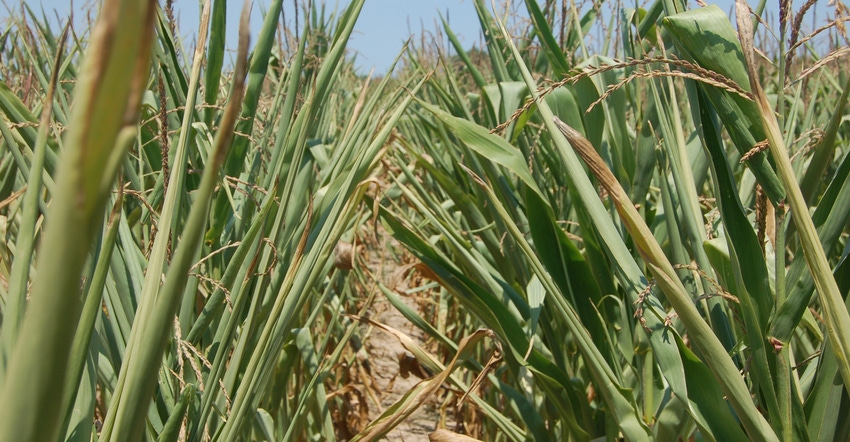June 13, 2022

People have talked about climate change reducing corn yields for a long time. The First National Climate Assessment in 2000 put it this way: “Most of the recent research in climate change in the Great Lakes region has suggested a warmer and wetter climate in the future, with relatively more warming in the winter and spring than in other seasons. Agriculturally, this would most likely lead to a longer growing season and greater potential productivity, but also to greater potential rates of evapotranspiration.”
Purdue University released “Indiana’s Agriculture in a Changing Climate” in 2018. Laura Bowling was lead author of the report. Three key findings painted this picture for midcentury:
1. Fewer working days in the spring. The frost-free season should start one month earlier, but increased spring rainfall will keep average planting dates near today’s dates.
2. Warmer night temperatures. Indiana corn yields drop about 2% for every 1-degree-F increase in average overnight temps in July. This trend will continue.
3. Declining yields. More frequent heat stress and a doubling of water deficits will reduce corn yields for current hybrids 16% to 20% by midcentury.
So in 25 years, will every summer be like 2012?
An agronomist’s view
Mark Jeschke, agronomy manager with Pioneer, reported interesting observations in “Heat Stress Effects on Corn” in the 2022 Agronomy Research Summary from Pioneer. He emphasized that heat stress plus drought stress produces water stress, which is much more damaging than drought alone.
“Regional climate and yield trends seem more or less in line with what was predicted over 20 years ago in the climate assessment,” Jeschke says. “Increases in precipitation have had a greater impact than increases in temperature thus far.”
Average annual temperatures have increased in the Midwest over the past decade, as predicted. However, increases are primarily due to warmer winters and higher nighttime temperatures during summer, Jeschke says. Extreme summer heat stayed steady or declined over this same period. U.S. corn yields continue unaffected, at or above trend yield. But that’s not the case around the globe.
Outside of North America, nearly every other major crop production area of the world is experiencing greater frequency of extreme heat during the growing season, Jeschke notes. Global corn yields are about 3.8% lower worldwide than they would be if the warming trends weren’t underway.
Scientists call the lag in warming here an anomaly and refer it as the “U.S. warming hole.”
“There is a distinct lack of summer warming in the Midwestern U.S. compared to the rest of the world,” Jeschke says.
Rain-fed corn without irrigation shows a clear negative response to accumulation of temperatures above 86 degrees F wherever it occurs around the globe. Even irrigated corn doesn’t yield as well when it’s extremely hot during pollination and grain fill.
Looking ahead
The question is, how long will the warming hole in the U.S. hold?
Jeschke says the reprieve from rising summer temperatures isn’t expected to last indefinitely. Climate researchers, writing in the Fourth National Climate Assessment in 2017-18, predicted that by midcentury, summer temperatures would increase more in the Midwest than anywhere else in the country.
If that happens, Jeschke says extreme heat would become a more frequent constraint on Midwestern corn yields.
Comments? Email [email protected].
You May Also Like




